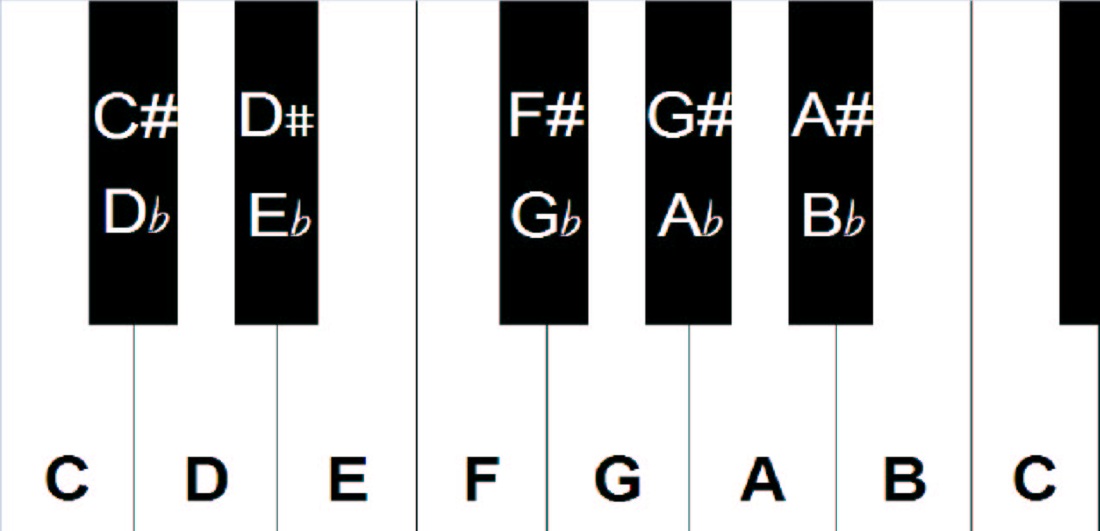
There are 12 different Major Scales: One with no sharps or flats, 4 with sharps, 4 with flats, and 3 with either sharps or flats depending upon their enharmonic spelling. For the sake of those who are not sure about the notes of the piano keyboard, you can find out here. You will notice that the notes of the G major scale are G, A, B, C, D, E, F# and G. Go to your piano keyboard and follow the W-W-H-W-W-W-H pattern. My new book, Piano Scales Made Simple, will help you with your scales. Starting on C, go up a whole step to D, a whole step to E, a half step to F, a whole step to G, a whole step to A, a whole step to B and lastly, a half step to C. C to D is a whole step, D to E is a whole step and so on.Īs long as you know the major scale formula, you can start on any note or key and form a major scale. Two more examples of half steps (also called semitones) are the distance between C and C sharp and D and D flat.Īs for whole steps (or whole tones) they always skip a key.

You will realize that there is no key between E and F and between B and C. The distance between B and C is also a half step. For example, the distance between E and F is a half step. What do we mean by whole steps and half steps? Whole steps and half steps represent the distance between notes. This stands for whole step, whole step, half step, whole step, whole step, whole step, half step. The pattern of notes for major scales is W-W-H-W-W-W-H(whole – whole – half – whole – whole – whole – half). My Best Recommendation: Click here for the BEST piano/keyboard course I’ve seen on the Internet. Of course, the last C, the eighth note is a duplicate note, one octave higher.

This scale is also very easy to form on piano and keyboard because it makes use of white keys only. The simplest major scale to write is C major, because it requires no sharps or flats. This diatonic scale is one of the most commonly used scales and is the first one you should learn as a piano or music student. In this lesson, we will learn all about major scales.


 0 kommentar(er)
0 kommentar(er)
